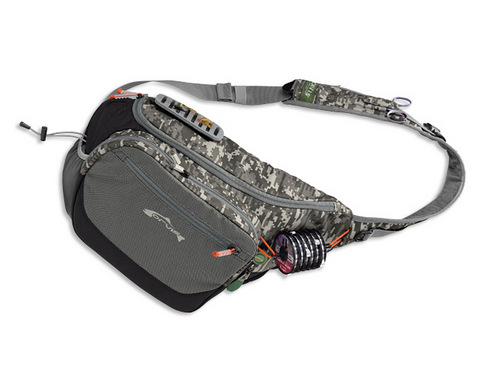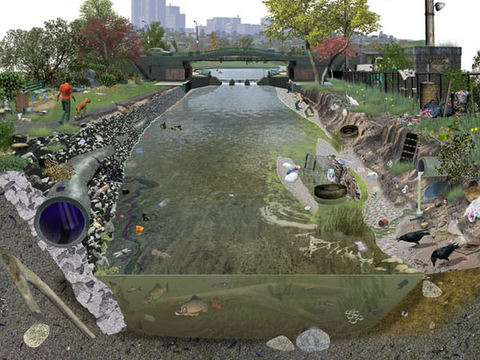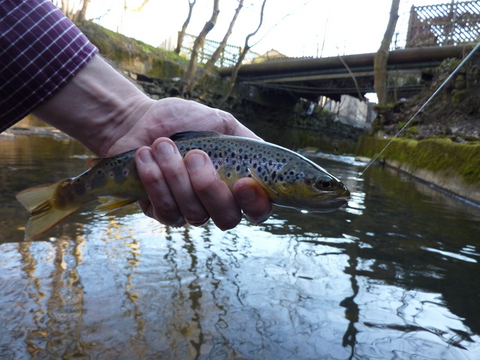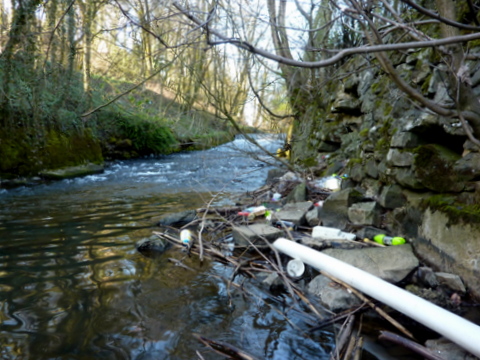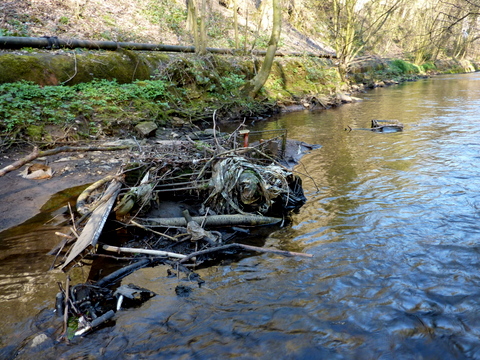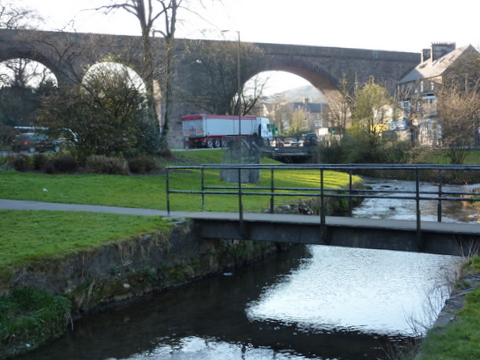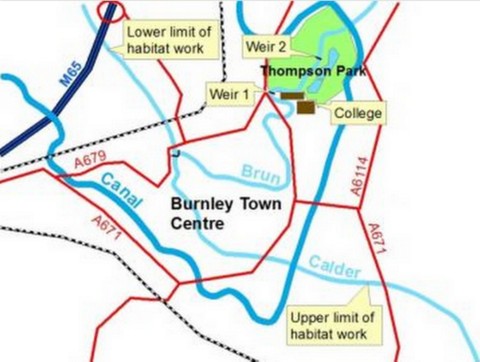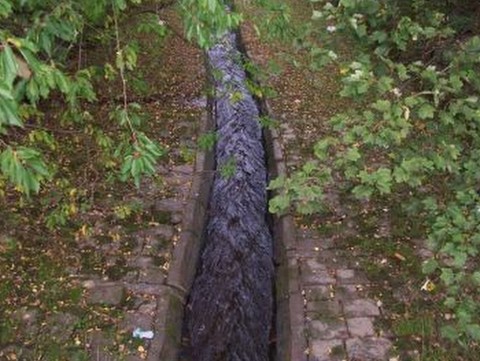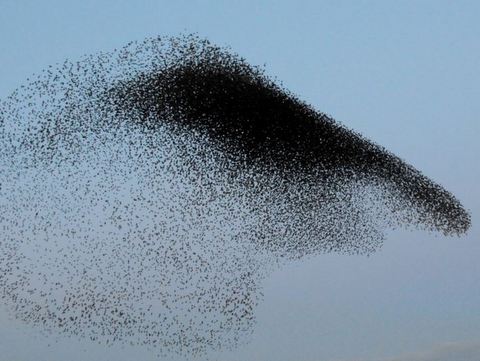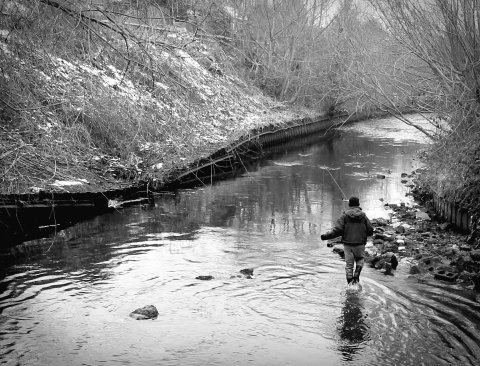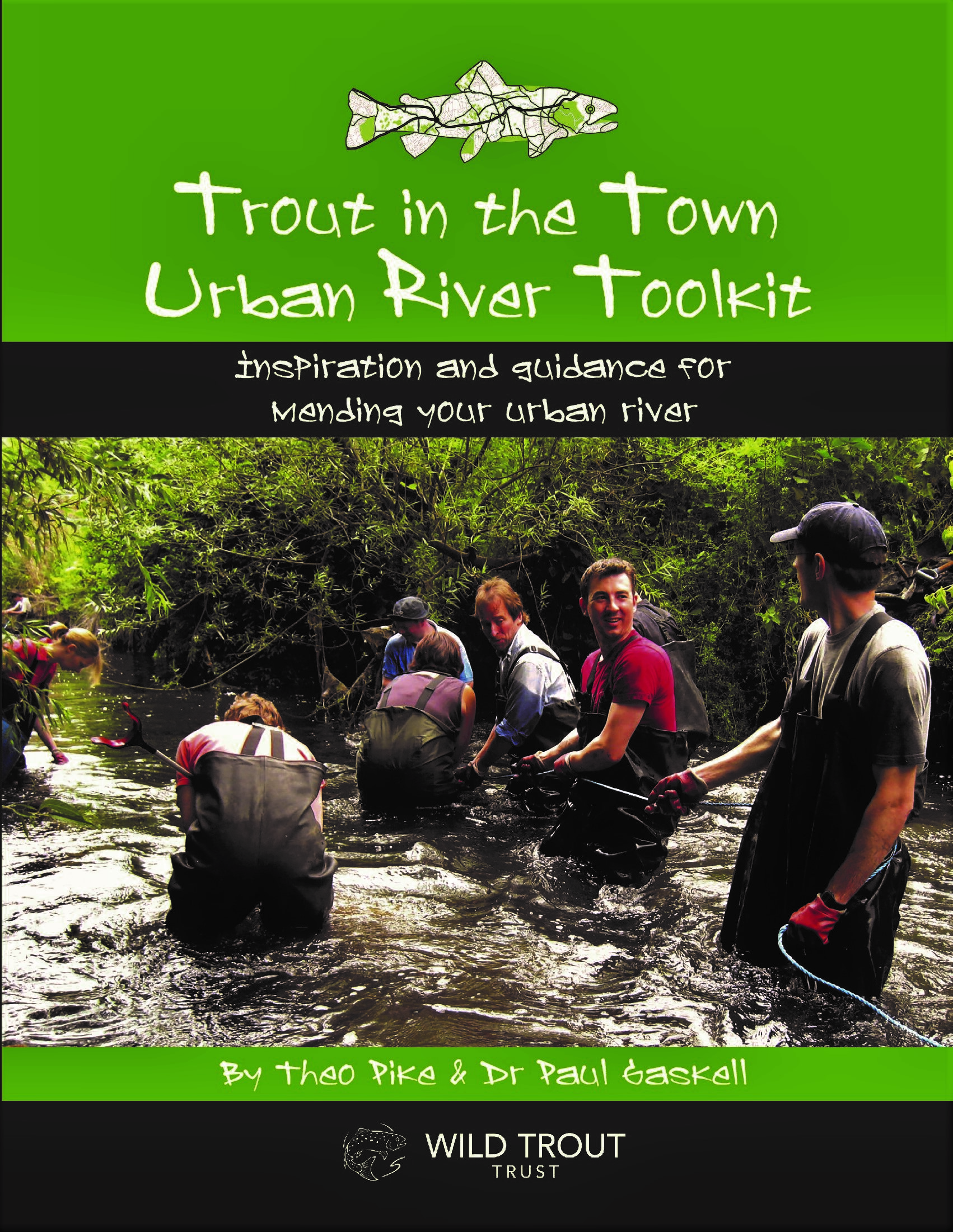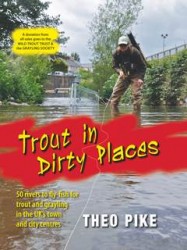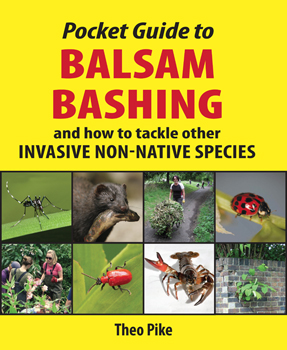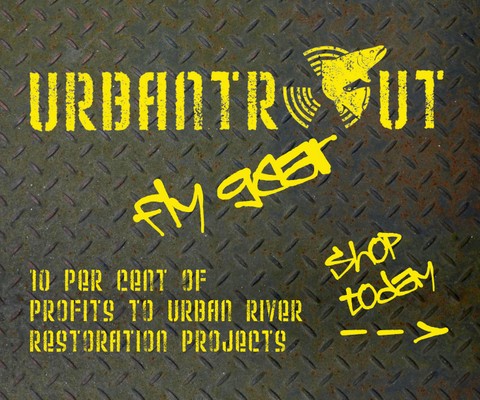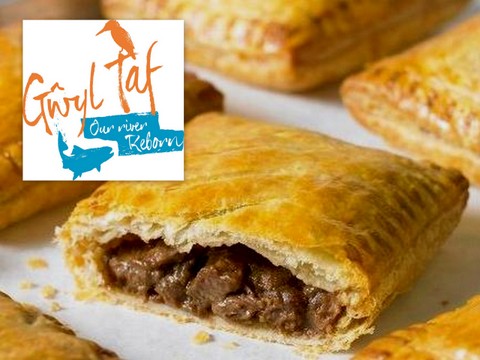
Although the current wave of Water Framework Directive related funding (via Defra’s River Improvement Fund and subsequent Catchment Restoration Fund) have seen welcome injections of capital into river restoration work across the UK…
… the fact remains that funding options for catchment-scale projects remain decidedly limited, and still largely dependent on grants from government and occasionally the Heritage Lottery Fund.
So it’s a source of real excitement when another funding stream appears, even if its fons et origo is (almost inevitably) legislation…
Since 1 October 2011, Welsh retailers have been required to charge their customers a minimum of 5p for every single-use carrier bag – a levy which the Welsh government hopes will be passed on to good causes including schools, local community groups and environmental projects. Similar legislation comes into force in Northern Ireland from 8 April this year, while consultation is taking place in Scotland. Despite campaigning pressure, no such scheme is yet planned for England.
Needless to say, the plastic bag levy is a double win for everyone concerned: nudging consumers to remove bags (however ‘biodegradable‘) from the environment if possible, whilst recycling taxation back into environmental improvements if they continue to be used.
In Wales, one such beneficiary has already been the RSPB’s Carngafallt nature reserve, where £300,000 from Tesco is funding habitat improvements and a circular walk for visitors. And as our headline suggests, another looks set to be the Taff – once a strong contender for most grossly-polluted industrial river in Europe, and now improving so rapidly that it hosted the Rivers International fly-fishing championship in 2009, and is due to do so again in 2013.
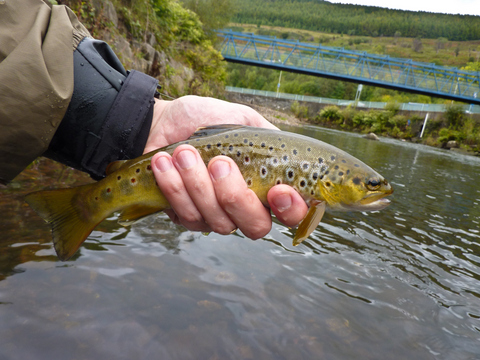
Less than 10 miles upstream from Cardiff, the Taff flows past Greggs’ bakery and distribution centre at Treforest.
Thanks in part to continuing connections with Ian Gregg (all-round angler and past chairman of both his family business and the national Rivers Trust), £24,000 from the company’s customers’ plastic bag levy is now funding the South East Wales Rivers Trust’s Gwyl Taf project, a year-long public engagement initiative to help the people of the Taff valleys to take pride in their local river again.
From South East Wales Rivers Trust’s press release:
Gwyl Taf: a Taff celebration will tell the powerful story of how the River Taff once was, how it is now, and how it can be recovered yet further as a focus for the health, inspiration and enjoyment of all in the heart of South East Wales. Using interpretive events, publicity and community activities for all ages, the aim will be to reveal why the Taff river system and its environment can be a source of enduring pride to the Valley communities on Greggs’ doorstep in Treforest and beyond, as a symbol of the heritage, renewal and hope for local communities along this iconic river…
To date all South East Wales Rivers Trust work has been undertaken by volunteers, however, Gwyl Taf has enabled the Trust to now employ a full time officer to develop and manage a wide range of recreational projects which will improve quality of life for those that live in the Taff valley and encourage local communities to take greater ownership of and responsibility for their local river.
Gwyl Taf’s Project Officer Jen Pilkington started work on 1 January this year, and has already visited several other Rivers Trust projects to start accumulating ideas about community engagement (river cleanups, for example).
A full social media strategy is planned, including a Facebook page and a revamped website, and we’re eagerly anticipating a flurry of river related events to celebrate and further improve the iconic Welsh river which made the Environment Agency’s own list of most-improved waterways in 2011.
If you’re reading this and would like to offer any kind of extra support for South East Wales Rivers Trust’s Gwyl Taf project… don’t hesitate to get in touch.
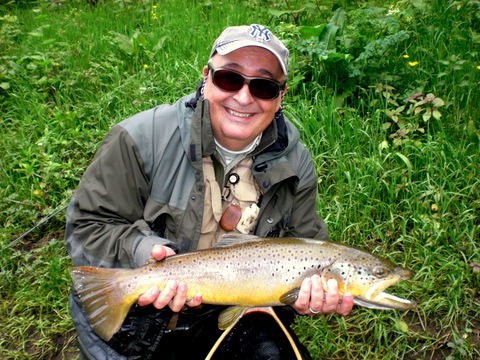
(First photo: Greggs and South East Wales Rivers Trust. Third photo: Andreas Topintzis)
Tags: Education and engagement, Funding, Plastic bag tax, Taff, Urban fishing, Urban river restoration, Urban rivers
